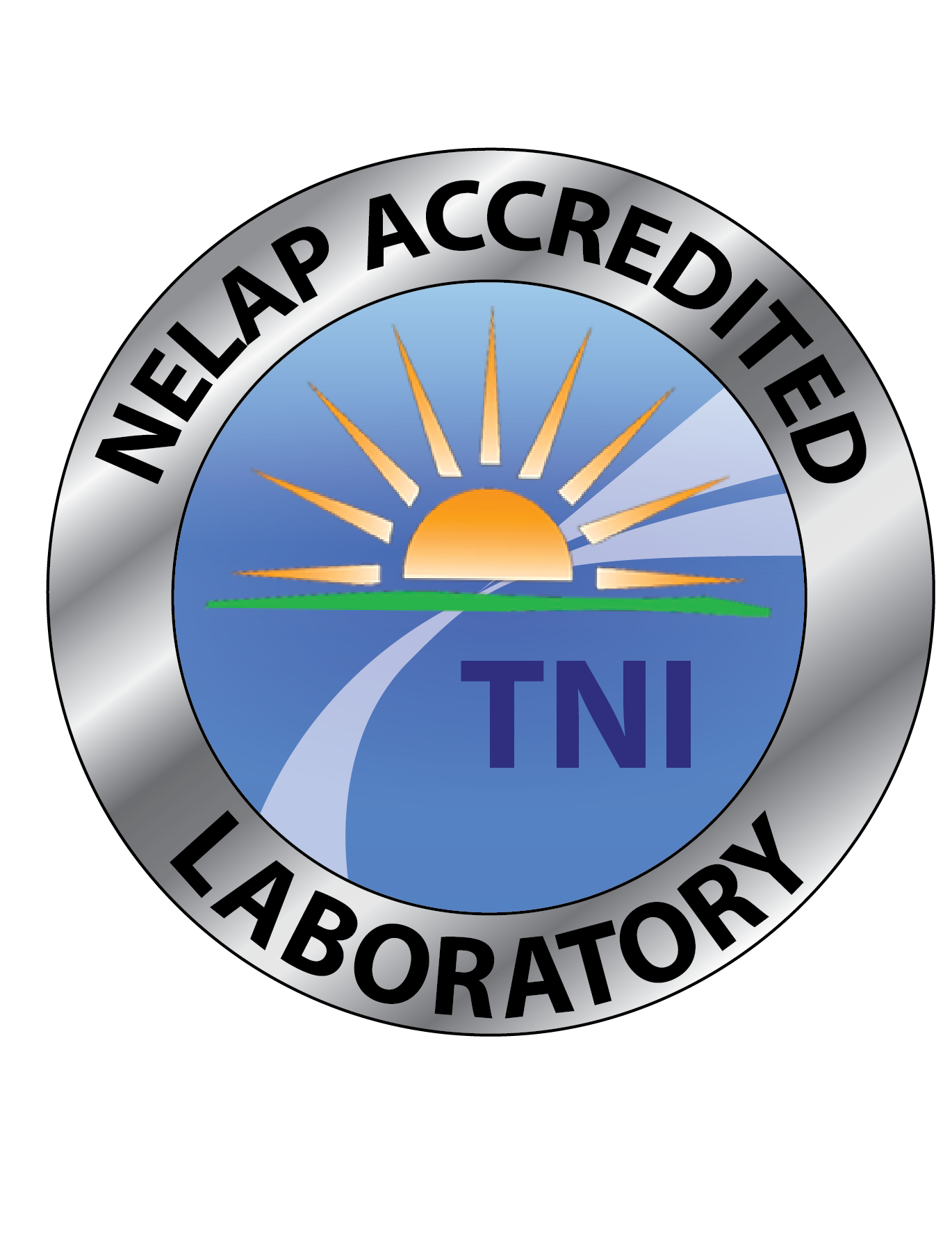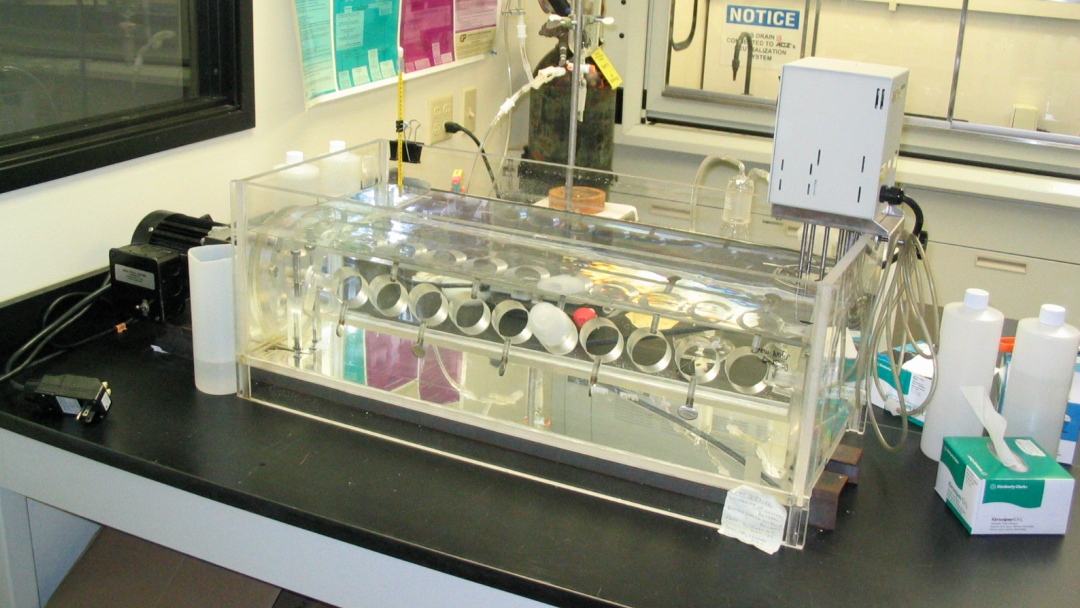
In-Vitro Bioaccessability
In vitro bioaccessibility (IVBA) analysis measures the potential hazard from the ingestion of metals in soil, dust, or other solid waste material. The in vitro bioavailability or in vitro bioaccessibility methods were developed to replace the much more costly oral in vivo test, which is conducted on live animals. EPA in vitro Method 1340 and EPA Method 9200.1-86 estimate the oral bioaccessibility of both lead and arsenic from soil by simulating the stomach fluid of a swine. The analysis is highly controlled in terms of the temperature as well as the pH of the fluid.
In 1999, ACZ was one of a few laboratories in the nation to be selected to participate in the Solubility/Bioavailability Research Consortium (SBRC). ACZ has subsequently been selected multiple times to participate in the validation of standard reference material (SRM) used in the EPA in vitro bioaccessibility method for both lead and arsenic.
ACZ has worked with various industries with in vitro bioaccessibility testing including: brownfield cleanup projects, contaminated mine and industrial sites, superfund sites, as well as USFS, BLM, and US Military firing range cleanups. Multiple clients have benefited both scientifically and financially when they were not required to remove contaminated soils based on ACZ’s in vitro metals data.
